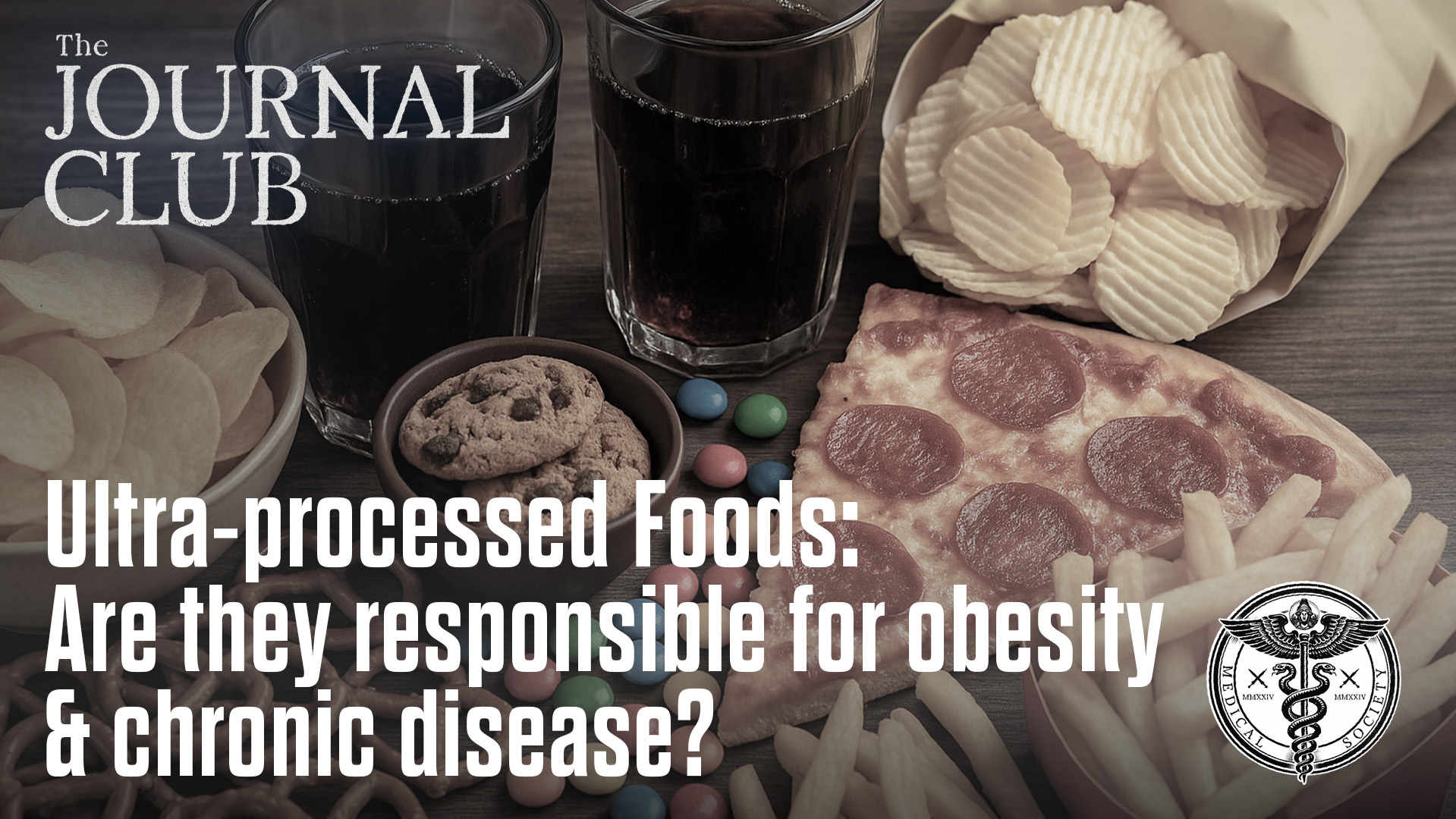By Malcolm Kendrick
A number of people ask me ‘How can you spot research fraud, or manipulation, in a clinical paper?’ The answer is always. ‘it’s difficult’. One of the biggest problems is that the ‘trick’ was often set up years before you knew anything was going on . You can see everything laid before you in a research paper, but you cannot see what is no longer there.
If you have ever seen the film, The Prestige, you will know it is based on a seemingly impossible magic trick. One that no-one can explain. A man enters a locked container, then reappears in another. It cannot be explained until you realize that the main character has an identical twin brother. There is not one person, but two.
The solution is rather prosaic, perhaps even a little disappointing once you know it. ‘Oh, that’s how it was done.’ But before you know that you are amazed. How can this man just disappear, then reappear elsewhere?
‘The Prestige’ is the term used for the payoff of any magic trick. First comes ‘The Pledge’ – you are presented with something ordinary, such as a bunny rabbit. The second phase is ‘The Turn’ – the bunny rabbit disappears into some inescapable container. Finally, there is ‘The Prestige’ – the bunny rabbit reappears.
But the most important part of all, in any magic trick is, ‘The Set Up’. The preparation and planning. This takes place hours before, weeks before. Setting up a good trick can take years. A cunningly designed bunny rabbit cage is carefully worked out, then constructed. Then the bunny rabbit is placed inside, awaiting the moment of the Prestige.
If the construction of the cage was to take place, on stage, during the trick itself, it would be easy to spot exactly what was going on. Clearly, you’re not going to be given that opportunity. Instead, you are distracted by flashing lights, and noises, and music, and the patter of the magician. You will be invited to look ‘over there’. You will be presented ‘ladies and gentlemen’ with a decoy empty box. All good fun.
With all magic tricks we are manipulated to focus on what is in front of our eyes. However, if we want to understand how the trick is done, we have to turn the clock back. We need to watch the bunny rabbit cage being made.
Setting up a ‘successful’ clinical trial – step one
If you are a pharmaceutical company, the first move in designing a successful clinical trial is to gain agreement from the medical profession that the disease your drug is designed to treat is real, and that it does require treatment. Using this amazing new drug, you just happen to have developed.
If you are a pharmaceutical company, the first move in designing a successful clinical trial is to gain agreement from the medical profession that the disease your drug is designed to treat is real, and that it does require treatment. Using this amazing new drug, you just happen to have developed.
In many cases gaining agreement needs no set up. A child develops type I diabetes, soon afterwards they are very seriously ill. This is a real disease, and it certainly needs to be treated. Or a patient develops sepsis. Six hours later they are dead. These are both real conditions that require intervention. No argument here, and no need for any such set up.
But how about obesity? Or the menopause? Or a raised cholesterol level? Or disruptive mood dysregulation disorder. Or a raised blood pressure. Are these truly diseases? Do they require treatment? At this point, if you want a good Prestige, you need to start preparing the ground.
Looking first at raised blood pressure (hypertension)? Is it a disease or is it an abnormal clinical sign? One that is, in itself, created by a deeper underlying problem? Having a raised blood pressure is certainly an indication of increased risk for cardiovascular disease. But are we looking at the yellow fingers, lung cancer issue here. To explain.
People with yellow fingers are more likely to die of lung cancer…true. But people with yellow fingers are smokers. And it is smoking that causes lung cancer, not the yellow fingers. Is a raised blood pressure the yellow fingers of smoking?
At present, if the blood pressure is raised, and no obvious underlying problem can be found – which is the case in over 95% of cases – the medical term for this becomes ‘essential hypertension’.
This certainly sounds like a real disease. But if you pluck the Latin apart, essential hypertension actually means – a raised blood pressure of no known cause. Can you simply decide that a clinical sign (raised blood pressure) is a stand-alone disease, just because we don’t know what causes it?
Consider the following dialogue – a slight variation on Popper’s discussion of scientific logic:
‘Why is this person’s blood pressure high?’
‘Because the Gods are angry.’
‘How do you know the Gods are angry.’
‘Because his person’s blood pressure is high, and it would not be high if the God’s were not angry.’
If you believe this is a reasonable explanation then you, along with almost everyone else in the world – have just fallen for the hypertension ‘Pledge.’ ‘Here, ladies and gentlemen, is a real disease that I am going to make disappear.’
If, like me, you cannot believe that essential hypertension is a real disease. In that, in the vast majority of cases, it has no identified cause. You sit at the front of the theater and find yourself distinctly unimpressed by the amazing blood pressure lowering trick. You gaze wearily at the set-up thinking. This makes no sense whatsoever. Why is everyone else cheering madly?
Many years ago, a clinical trial was run in England. It was designed to look at the benefits of lowering blood pressure in mild to moderate hypertension. This was the first ever such trial. Mild to moderate at that time was defined as having a blood pressure of 160/110mmHg, or above. It was called the MRC study, and it was not sponsored by any pharmaceutical company.
This was a very large study indeed. Just over seventeen thousand people were split into two groups, treatment vs. placebo. The trial participants were followed for five years. It was considered inevitable that lowering blood pressure would reduce the risk of cardiovascular events. Basically, deaths from strokes and heart attacks. After all, we were ‘curing’ a disease, weren’t we?
The results were as follows.
Deaths from strokes and heart attacks in the placebo group = 124
Deaths from strokes and heart attacks in the active treatment group = 124
Not quite the Prestige hoped for. Yet, amazingly this, and other studies, had absolutely no effect on the thinking. Indeed, the primary message about this trial, widely promoted, was the amazing ‘33% reduction in fatal strokes?’
A thirty-three per cent certainly sounds impressive, as it was supposed to. But the reality is that there were nine fewer strokes in just over nine thousand people over five years. Or, to put this another way. After forty-five thousand years of drug treatment nine deaths from stroke were prevented. And this was a success?
As there were 124 deaths in the placebo and treatment group, there had to be nine more fatal heart attacks in the active treatment group. In other words, no overall benefit… at all. If raised blood pressure in the mild to moderate range truly is a disease, we would expect to see something rather more impressive than…nothing.
However, so successful has the ’set-up’ been with hypertension that hardly anyone questioned that, by lowering blood pressure with drugs, we might simply be scrubbing yellow fingers to make them white again. We were convinced to look in the wrong direction.
I know you are thinking that there must have been various other trials that have been entirely positive. I have just picked an outlier here. Not at all. Here, from a research paper published in the European Heart Journal called There is a non-linear relationship between mortality and blood pressure. They reviewed a whole series of blood pressure lowering trials, to find that.
“No randomized trial has ever demonstrated any reduction of the risk of either overall or cardiovascular death by reducing systolic from our thresholds to below 140mmHg… it is widely believed that randomized studies have proved that lowering blood pressure is beneficial. Actually, that is not true.”
Widening the market
Despite the failure of the MRC study, and others, there has been no change of direction. Instead, the level of blood pressure considered to be high has inexorably fallen. Mild to moderate hypertension at that time of the MRC trials was 160/110mmHg. Currently, according to the American Heart Association and American College of Cardiology (AHA/ACC), the blood pressure target for adults is now 130/80 [3]. Which means that nearly half of all adults in the US are considered hypertensive.
And the level considered ‘normal’, will fall further. This can be guaranteed. Indeed, ‘elevated’ blood pressure, not quite high enough to be considered hypertension, has recently been re-defined as a systolic blood pressure of 120 – 129 systolic. At which point we have around eighty percent of the US population suffering from elevated blood pressure.
Here is another key part of how you get the prestige you want. You don’t just make one bunny rabbit disappear; you move on to a hundred. In the medical world this is done by ensuring that more people are diagnosed with the disease you want to treat. This is called market expansion.
You don’t just make one bunny rabbit disappear; you move on to a hundred. In the medical world this is done by ensuring that more people are diagnosed with the disease you want to treat. This is called market expansion.
The process of market expansion starts when you bring together various committees, whose primary role is to ensure that new, ever lower targets are created. A high blood pressure is not 160/100. It is now 140/90, or 130/85. Down and down it goes, and the number of people suffering from hypertension rises and rises.
In the case of hypertension, the groups who make such decisions are the National Institutes of Health, or the American College of Cardiology, and the American Heart Association, or the European Society of Cardiology, or the National Institute of Care and Health Excellence (NICE) in the UK. These organizations, and the people who sit on their committees, create the guidelines that are used around the world. The guidelines that tell medical professionals who, and how, to treat.
The people on these committees are known as Key Opinion Leaders (KOLs). They are of immense value to the pharmaceutical industry. Any change in guidelines for the treatment of high blood pressure, or high cholesterol levels, can be worth tens of billions. Hundreds of billions.
Turning from hypertension to the ‘disease’ of raised cholesterol levels. If you can lower the level of cholesterol considered to be too high by as little as ten per cent you effectively create another ten million people in the US with a ‘disease’ that requires treatment.
When I started out as a doctor a high cholesterol level was 300 mg/dl (7.5 mmol/l). This level has been reduced and reduced. Today, it is 200 mg/dl Which means that the majority of the adult population in the US has a cholesterol level that is deemed too high, and in need of drug treatment. If you have diabetes, it is recommended to lower the cholesterol level below, 150 mg/dl (4 mmol/l). Which covers around ninety per cent of that population.
Given the amount of money at stake, a great deal time and effort is taken in nurturing and developing future Key Opinion Leaders. Those who are found to be the most malleable are invited to give talks, to run clinical trials, and take part in focus group meetings. This type of activity turns a standard clinician into an opinion leader.
A discussion of how to ‘manage’ opinion leaders can be seen in the document Engaging Key Opinion Leaders – A strategic approach.
This becomes another key part of the overall set-up. You gain influence over those who are going to decide what is, and what is not, a disease. Those who will define what treatment success means.
To give just one example about the degree of influence brought to bear, here is the conflict-of-interest statement of the NCEP committee (The National Cholesterol Education Panel), who decided to lower the level of cholesterol, in need of treatment some time ago. The guidelines was called the ATP III Update 2004:
Here are the financial Disclosure of the nine NCEP members:
Dr. Cleeman: (Chairman) has no financial relationships to disclose.
Dr. Grundy: has received honoraria from Merck, Pfizer, Sankyo, Bayer, Merck/Schering-Plough, Kos, Abbott, Bristol-Myers Squibb, and AstraZeneca; he has received research grants from Merck, Abbott, and Glaxo Smith Kline.
Dr. Bairey Merz: has received lecture honoraria from Pfizer, Merck, and Kos; she has served as a consultant for Pfizer, Bayer, and EHC (Merck); she has received unrestricted institutional grants for Continuing Medical Education from Pfizer, Procter & Gamble, Novartis, Wyeth, AstraZeneca, and Bristol-Myers Squibb Medical Imaging; she has received a research grant from Merck; she has stock in Boston Scientific, IVAX, Eli Lilly, Medtronic, Johnson & Johnson, SCIPIE Insurance, ATS Medical, and Biosite.
Dr. Brewer: has received honoraria from AstraZeneca, Pfizer, Lipid Sciences, Merck, Merck/Schering-Plough, Fournier, Tularik, Esperion, and Novartis; he has served as a consultant for AstraZeneca, Pfizer, Lipid Sciences, Merck, Merck/Schering-Plough, Fournier, Tularik, Sankyo, and Novartis.
Dr. Clark: has received honoraria for educational presentations from Abbott, AstraZeneca, Bristol-Myers Squibb, Merck, and Pfizer; he has received grant/research support from Abbott, AstraZeneca, Bristol-Myers Squibb, Merck, and Pfizer.
Dr. Hunninghake: has received honoraria for consulting and speakers bureau from AstraZeneca, Merck, Merck/Schering-Plough, and Pfizer, and for consulting from Kos; he has received research grants from AstraZeneca, Bristol-Myers Squibb, Kos, Merck, Merck/Schering-Plough, Novartis, and Pfizer.
Dr. Pasternak: has served as a speaker for Pfizer, Merck, Merck/Schering-Plough, Takeda, Kos, BMS-Sanofi, and Novartis; he has served as a consultant for Merck, Merck/Schering-Plough, Sanofi, Pfizer Health Solutions, Johnson & Johnson-Merck, and AstraZeneca.
Dr. Smith: has received institutional research support from Merck; he has stock in Medtronic and Johnson & Johnson.
Dr. Stone: has received honoraria for educational lectures from Abbott, AstraZeneca, Bristol-Myers Squibb, Kos, Merck, Merck/Schering-Plough, Novartis, Pfizer, Reliant, and Sankyo; he has served as a consultant for Abbott, Merck, Merck/Schering-Plough, Pfizer, and Reliant*.
[*This page is now redacted from the NIH website] Those companies marked in bold italics are the ones that make, or made, cholesterol lowering medication. Question. Do you think the fact that these committee members, who work alongside pharmaceutical companies, and are often paid considerable sums by said companies, may be biased in the decisions that they make to expand the market?
The general public has no idea that all this work is going on in the background. The set-up is never seen. The first thing they will know is that the media is exploding with great news. A new drug has achieved something wonderful. All doctors should be prescribing this new ‘game changer.’ We are all saved. Hooray.
References:
- MRC trial of treatment of mild hypertension: principal results: British Medical Journal, July 1985.
- There is a non-linear relationship between mortality and blood pressure: S. Port, A. Garfinkel, N. Boyle; European Heart Journal, October 2000.
- Facts About Hypertension: Centers for Disease Control and Prevention. website, December 2023.
- Engaging Key Opinion Leaders: A Strategic Approach: Creation.co; website, March 2011.
More From This Series
Surrogate End-Points
Research Manipulation Part II
Part 2
Deliberate Obfuscation
Research Manipulation Part III
Part 3
Falsely Reporting Success
Research Manipulation Part IV
Part 4
Looking Even Closer
Research Manipulation Part V
Part 5
Placebos – The (Not) Nothing Pill
Research Manipulation Part VI
Part 6
If Placebos Are Not True Placebos…Then What
Research Manipulation Part VII
Part 7
Placebos. Trial Blinding, and Biomarkers
Research Manipulation Part VIII
Part 8
The Replication Crisis, And Where Placebos Fit In
Research Manipulation Part IX
Part 9
An Existential Crisis?
Research Manipulation Part X
Part 10
Scottish doctor, author, speaker, sceptic
Support the Broken Science Initiative.
Subscribe today →
One Comment
Leave A Comment
You must be logged in to post a comment.
recent posts
Can we preserve muscle while eating less often?
Medical Society Webinar with David Wiss




Great article and read!